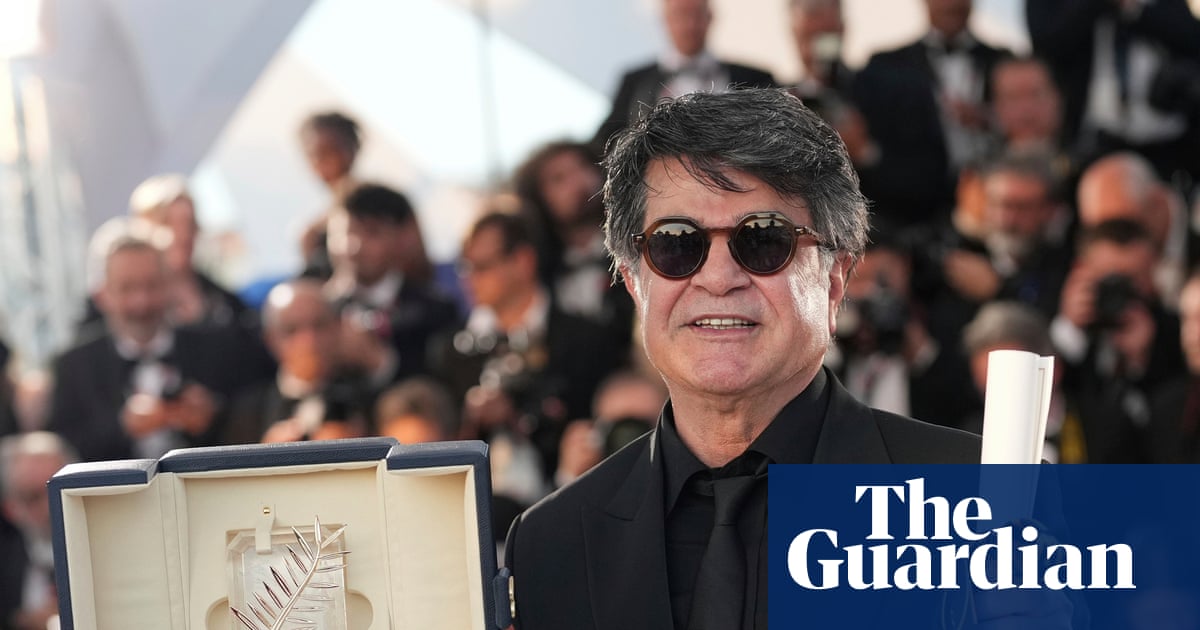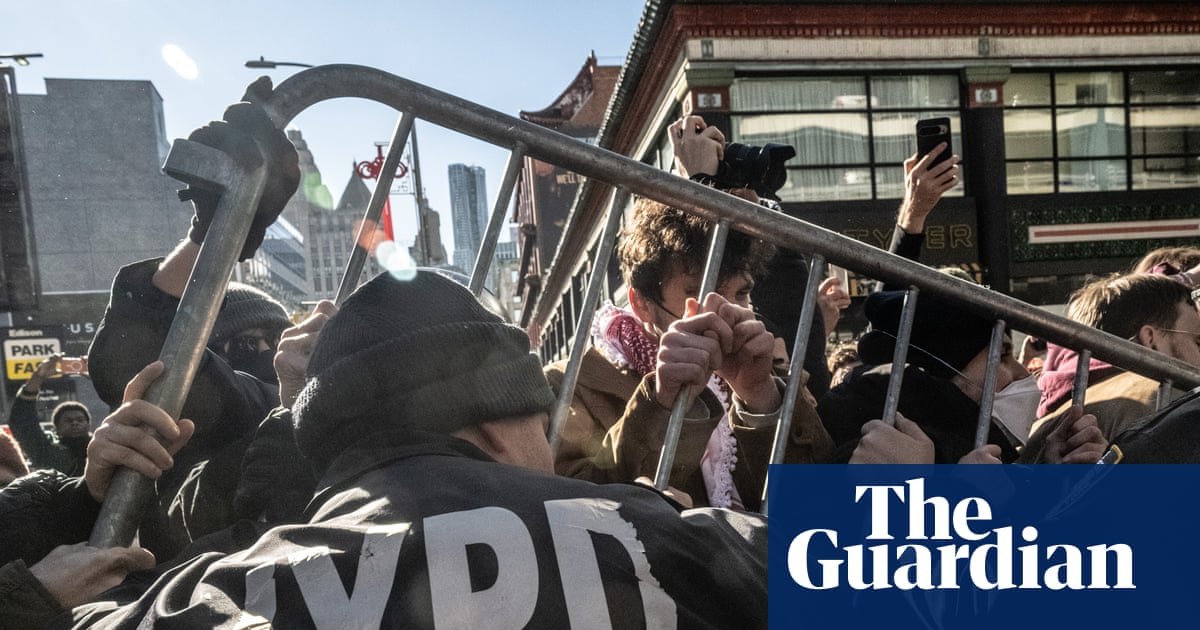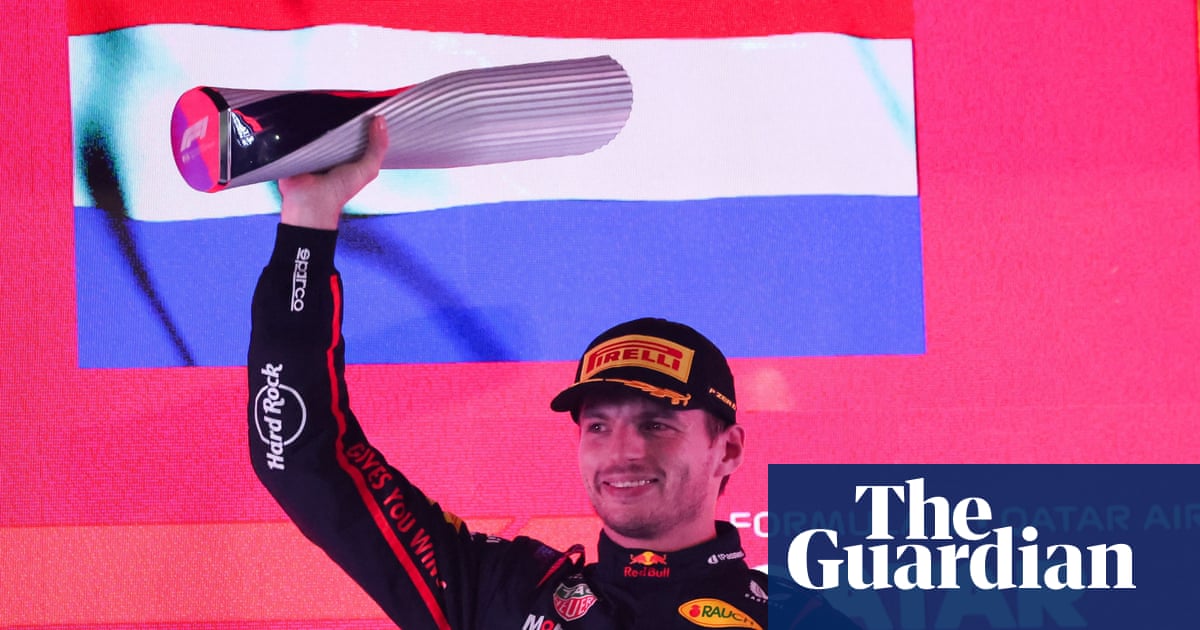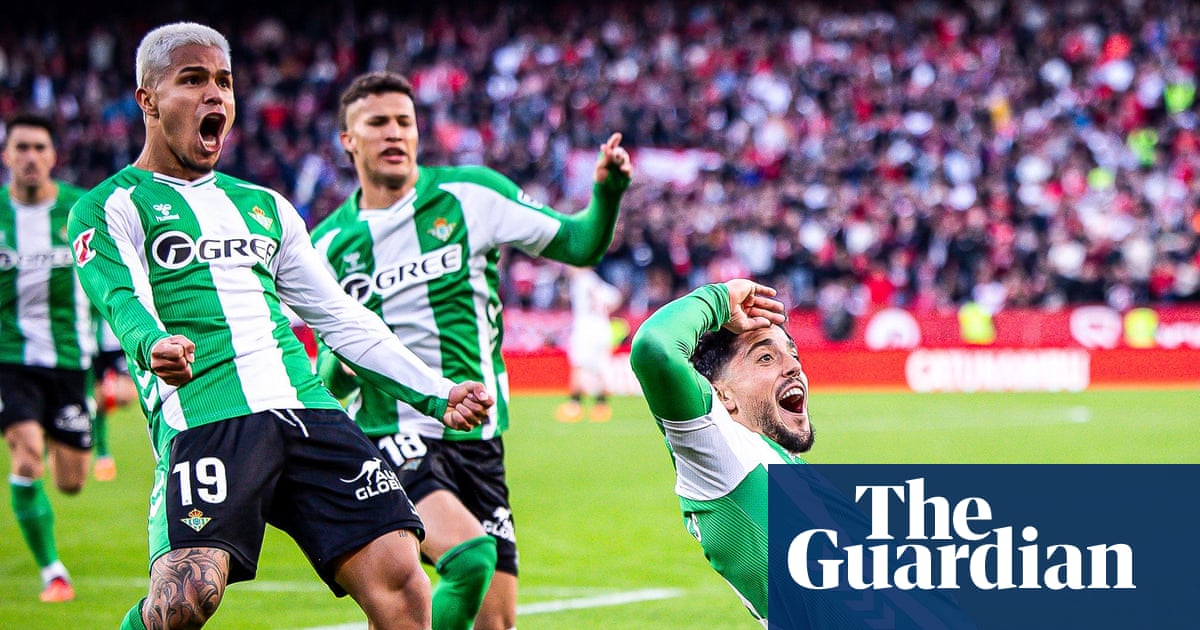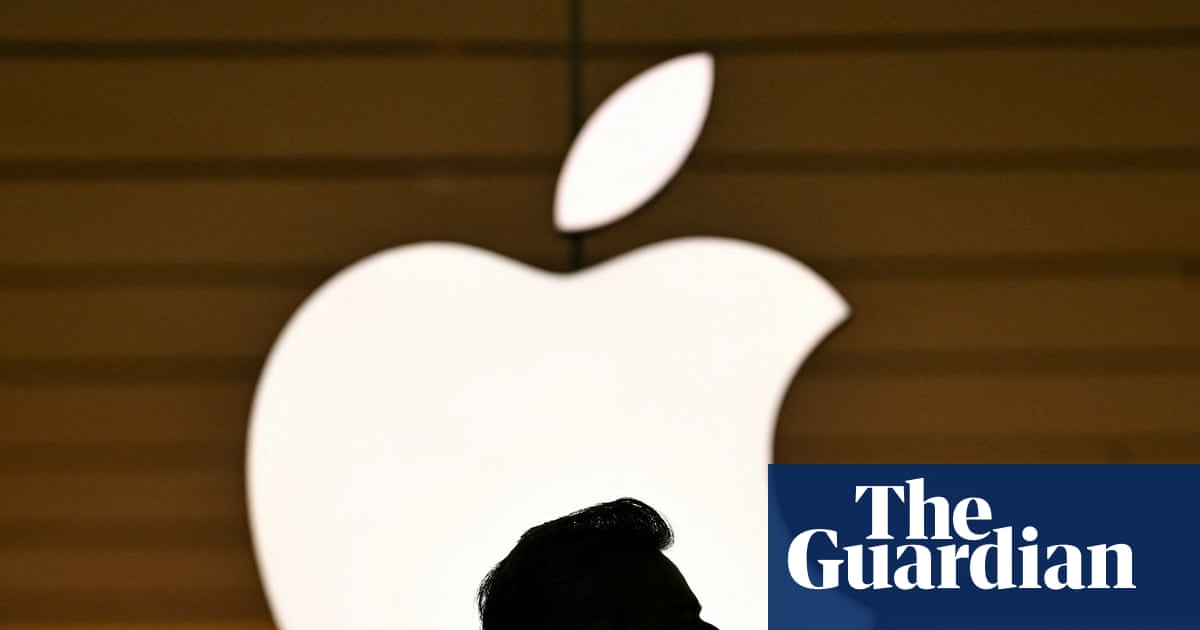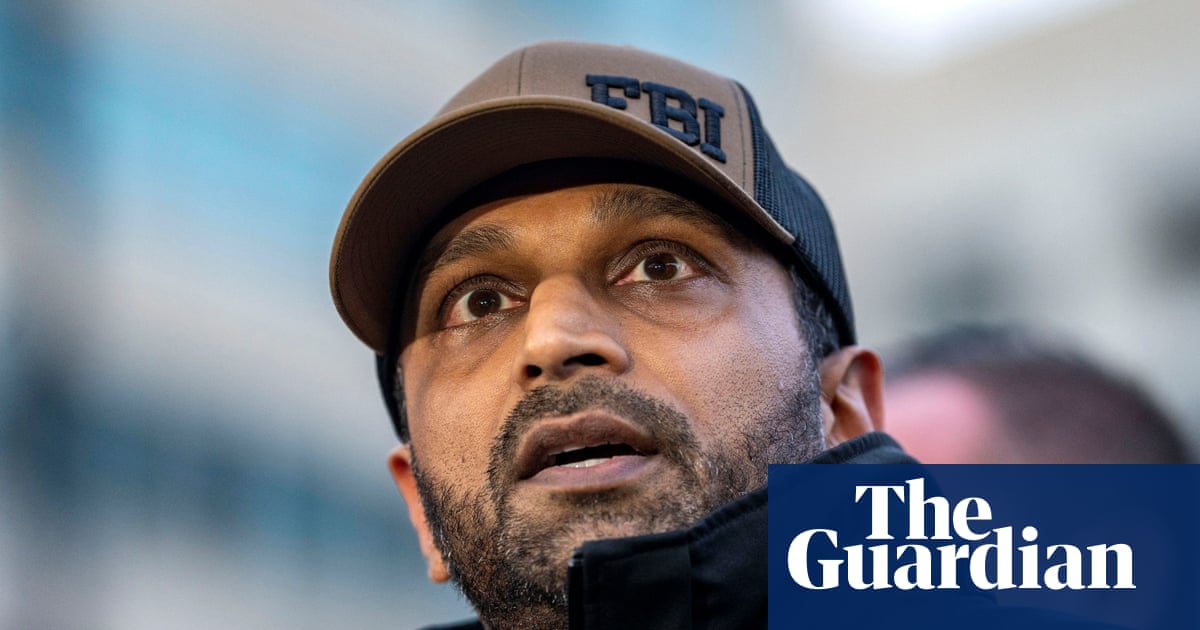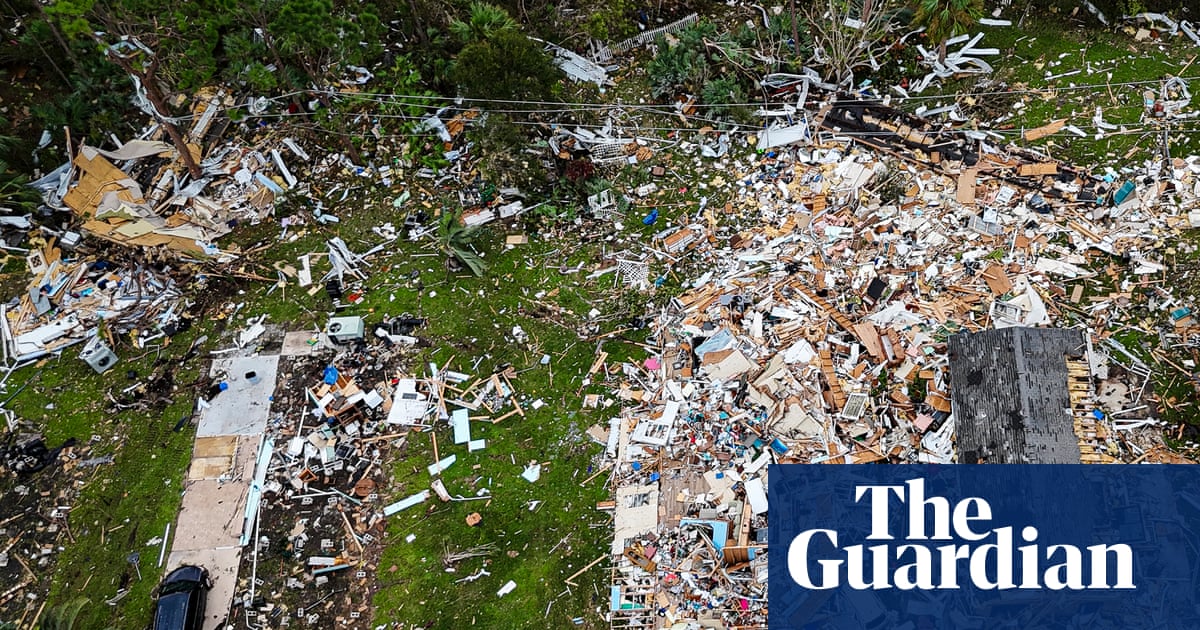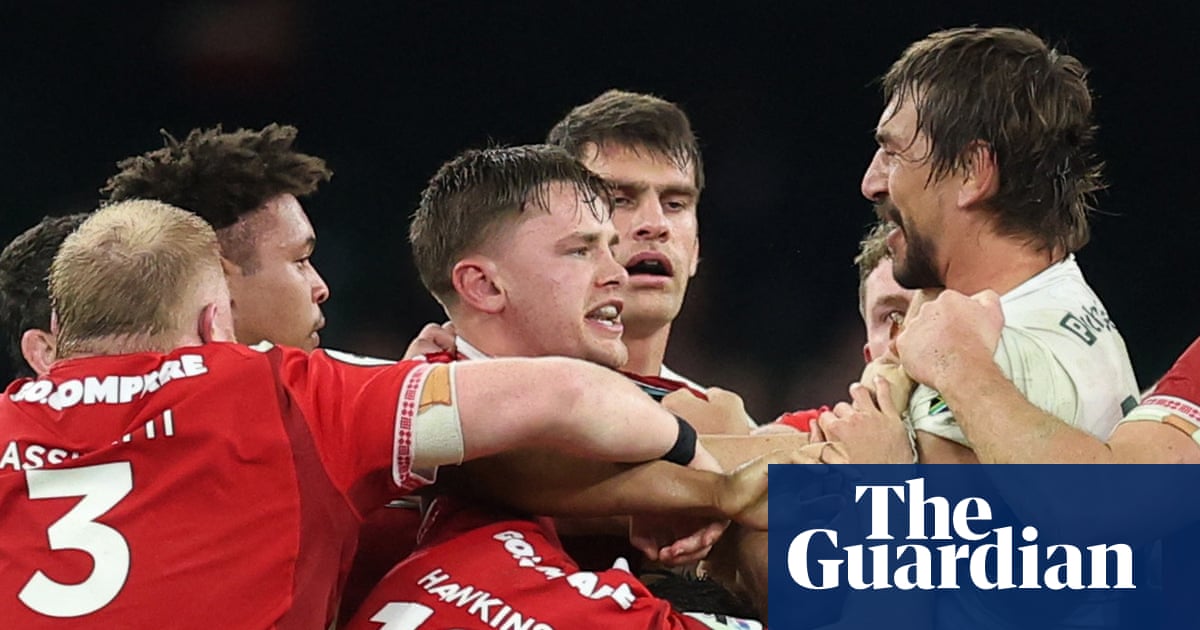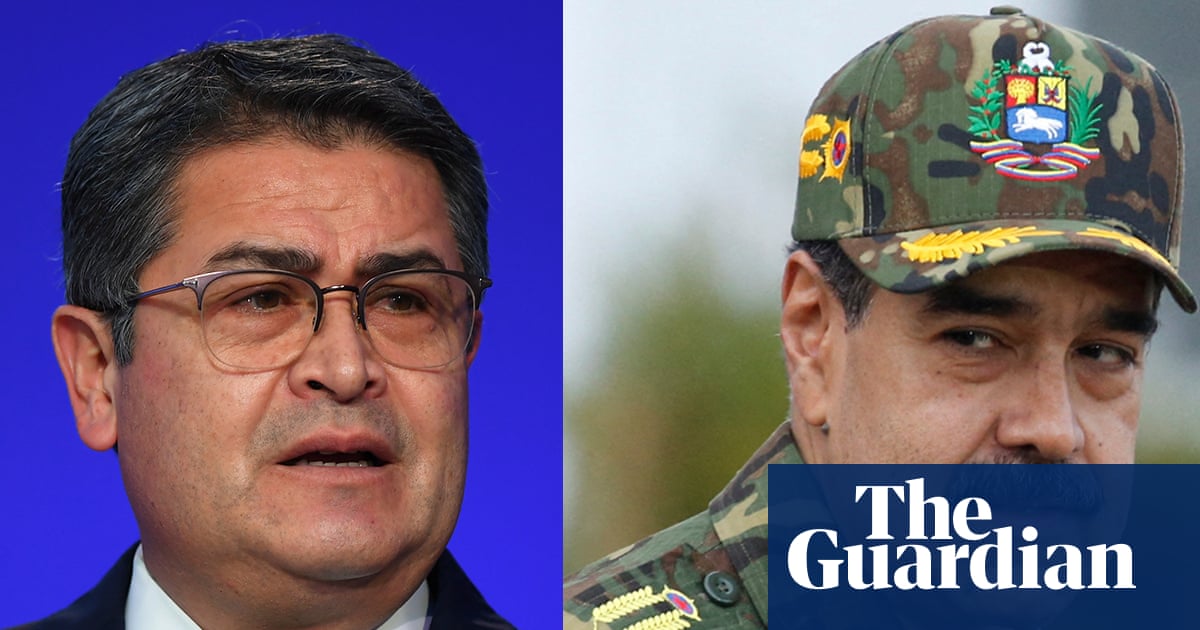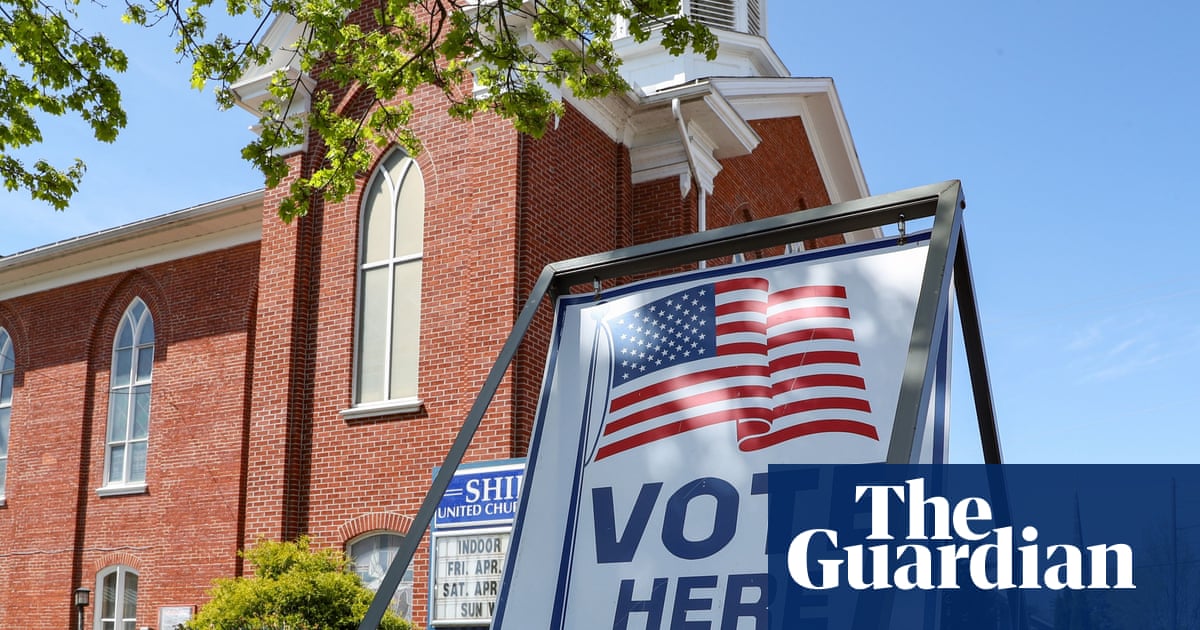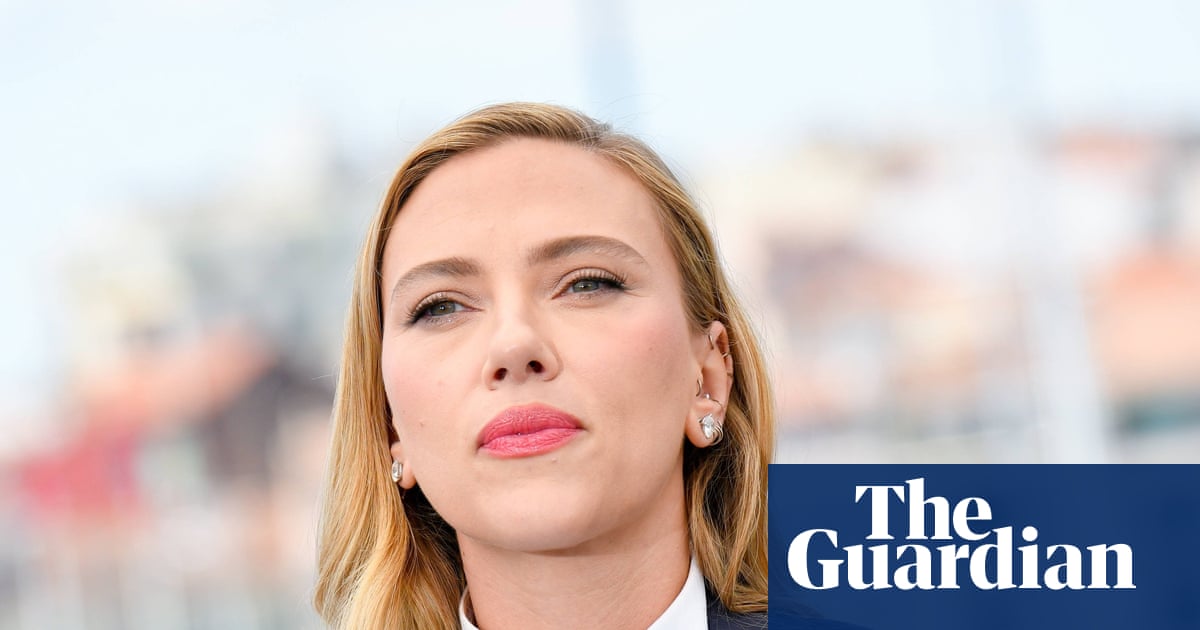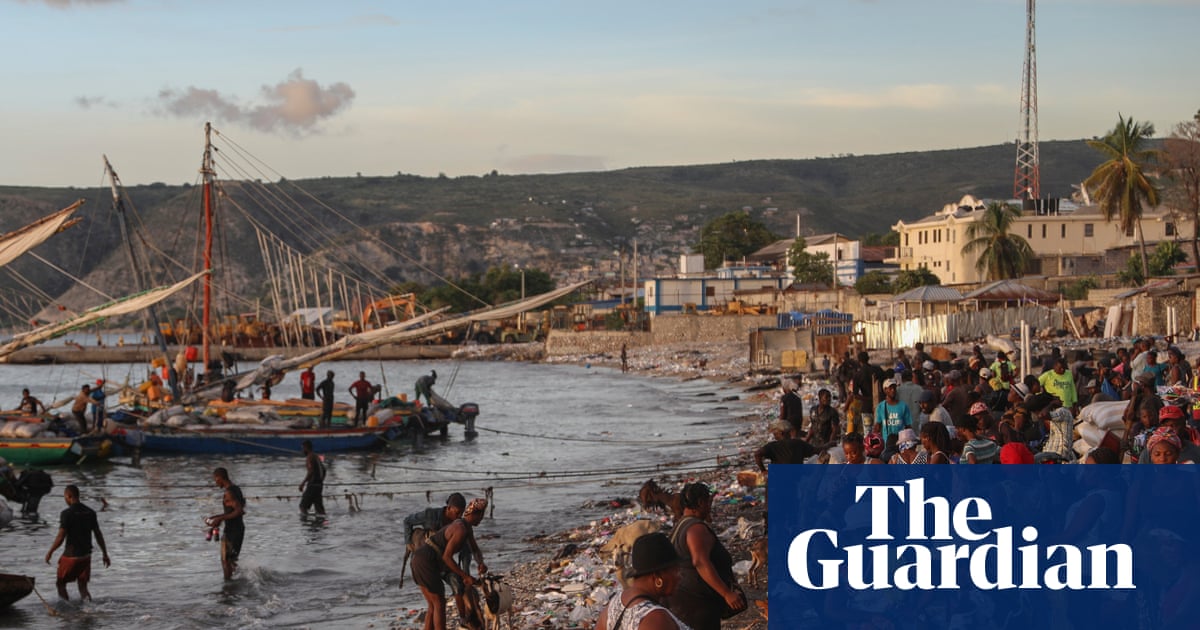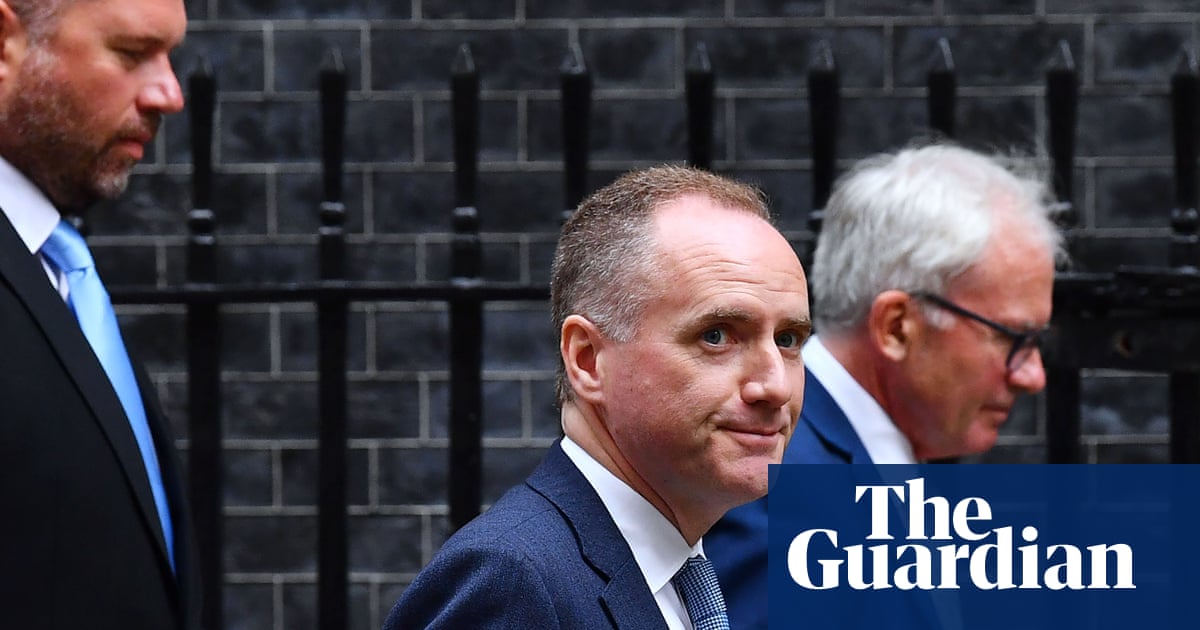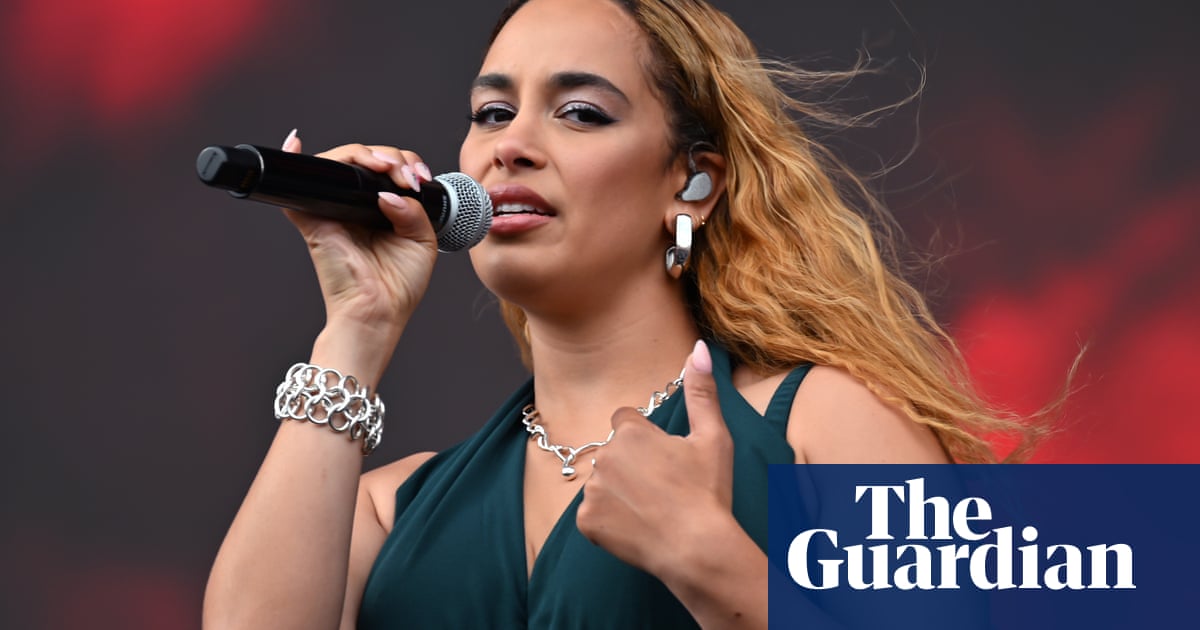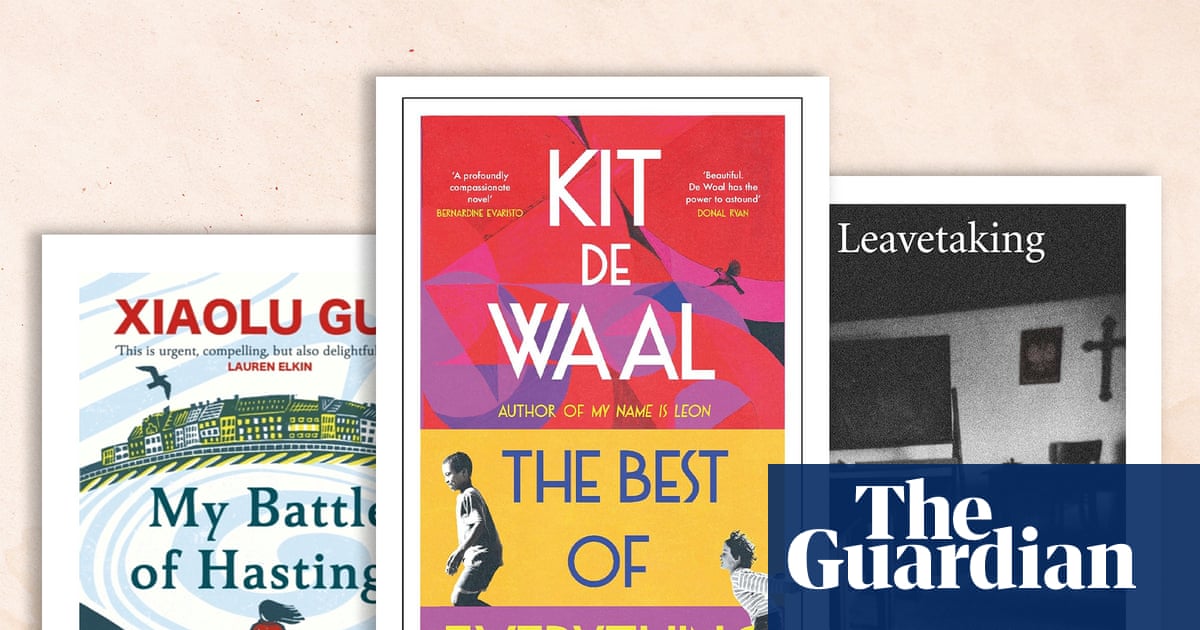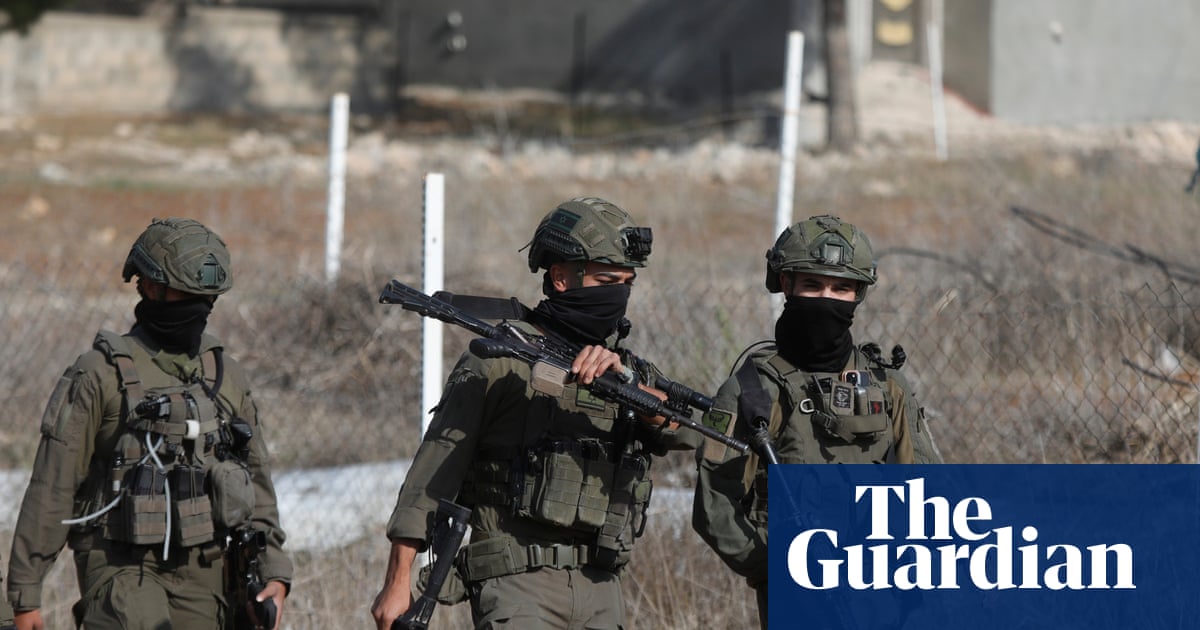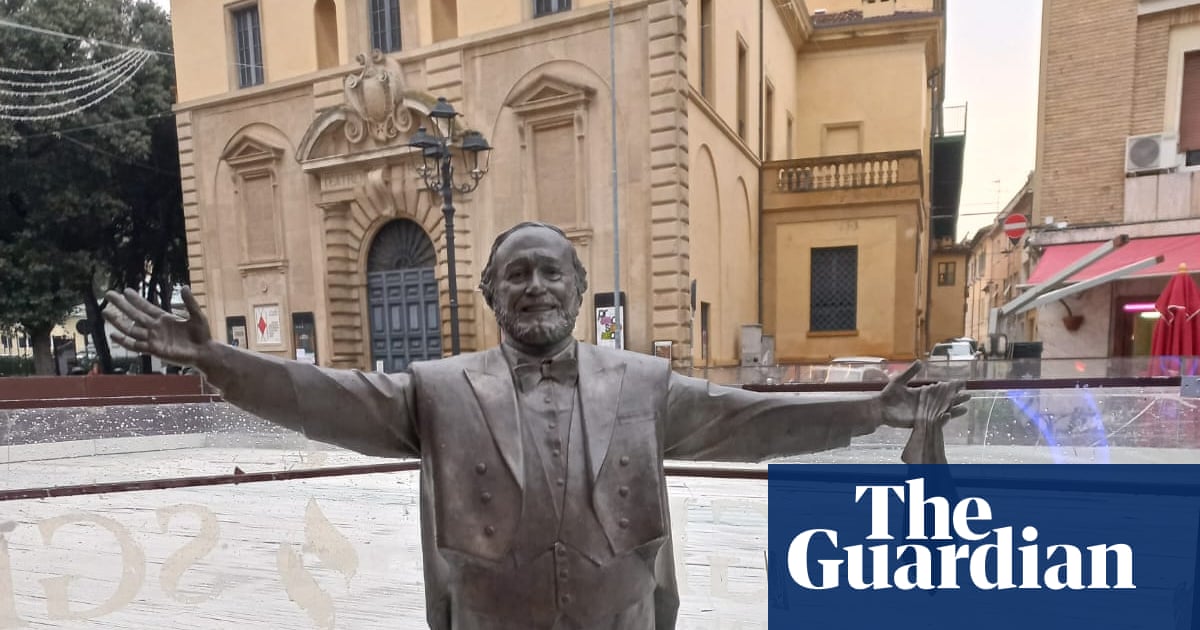The leftwing independent candidate Catherine Connolly is on track to win Ireland’s presidential election, according to early vote tallies.
Reports from tallymen – unofficial but usually reliable observers at count centres – gave Connolly a wide lead on Saturday soon after ballot boxes opened at 9am.
Opinion polls had predicted a landslide for Connolly, 68, who captured the imagination of many younger people and was backed by an alliance of leftwing opposition parties in Friday’s election.
The presidency is a largely ceremonial office, but victory for Connolly, a member of parliament from Galway, would be a humbling rebuke to the centre-right government.
Her opponent, Heather Humphreys, 62, a former cabinet minister who ran for the Fine Gael party, was tainted by association with the unpopular ruling coalition.
Anger over a housing crisis and the cost of living, campaign blunders by Fine Gael and its ruling partner Fianna Fáil, rare unity among leftwing parties and deft use of social media combined to make Connolly a symbol of change.
Early tallies from Clare, Dublin, Donegal, Galway, Kildare, Meath and Wexford gave Connolly a clear lead, in some cases beating Humphreys by a ratio of two-to-one.
The result “looks incredibly positive” for Connolly, the Labour leader Ivana Bacik said.
There were also indications of a low turnout and an unusually high number of spoilt votes, reflecting widespread frustration at the choice on offer and a lack of additional candidates on the ballot.
The prospect of Connolly succeeding President Michael D Higgins and serving a seven-year term at Áras an Uachtaráin, the presidential residence, thrills supporters. She speaks Irish, espouses equality and wishes to ringfence Irish neutrality from what she calls western “militarism”. She has likened Germany’s arms spending to the Nazi era and accused the UK and US of enabling genocide in Gaza.
The former clinical psychologist and barrister enthused young people through podcasts and posts that went viral on social media, including videos that showed her doing keepy-uppy. Artists and musicians such as Kneecap and the Mary Wallopers endorsed her.
Critics depicted Connolly as a radical who dodged awkward questions and could damage Ireland’s relations with Washington and European allies.
Irish presidents traditionally played quiet, symbolic roles but since 1990 Mary Robinson, Mary McAleese and Higgins have turned the office into a more visible platform.
Connolly said she would respect the limits of the office, which some interpreted as a tacit promise to rein in controversial views, but analysts predicted friction with the government.
She was a marginal political figure when she declared her candidacy in July, and only small parties – the Social Democrats and People Before Profit – backed her. Labour then endorsed her, and Sinn Féin, which had decided to not run its own candidate, threw its formidable resources and electoral organisation behind Connolly.
Celebrities such as Bob Geldof, Michael Flatley, Conor McGregor and others had expressed interest in running for president but failed to win the necessary political backing to get on the ballot.
Fianna Fáil fielded a political novice, Jim Gavin, who withdrew after a financial scandal imploded his campaign. The late withdrawal meant his name remained on the ballot.
Fine Gael’s original candidate, Mairead McGuinness, dropped out, citing health problems, so the party turned to Humphreys. The border county Presbyterian was deemed to have wholesome, mainstream appeal but performed badly in debates.
The official result announcing who will be Ireland’s 10th head of state is expected later on Saturday.

 1 month ago
30
1 month ago
30
